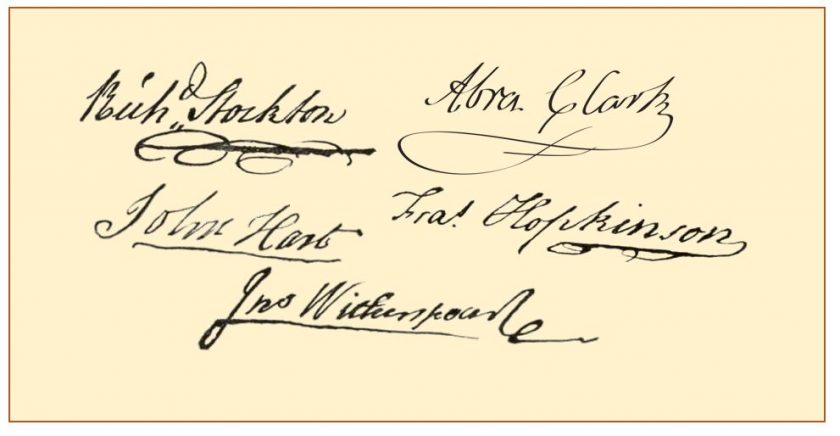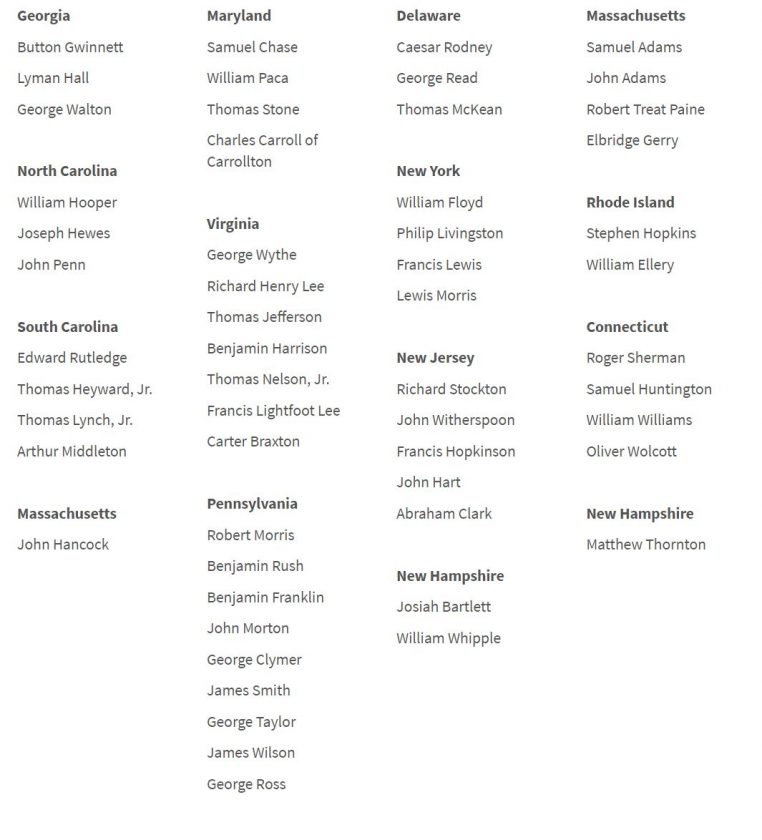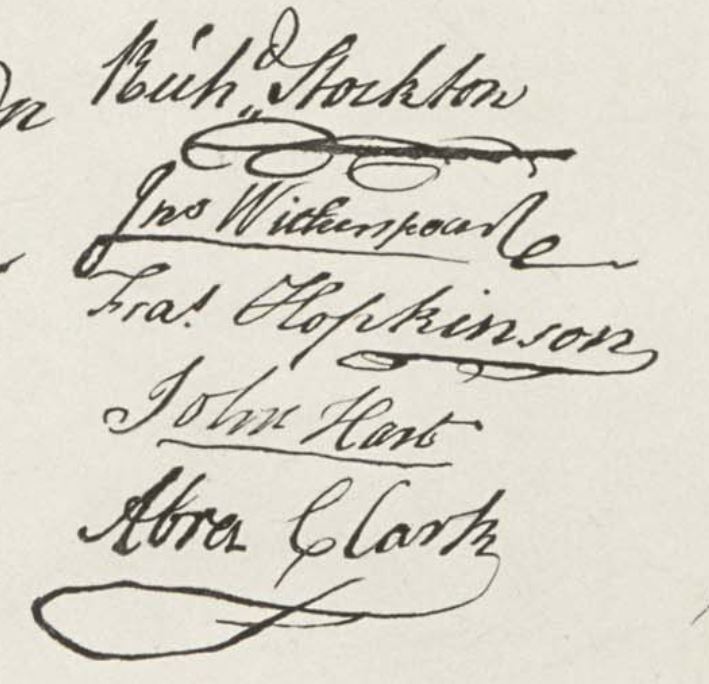
The Continental Congress adopted the Declaration of Independence on July 4, 1776. It was engrossed on parchment and on August 2, 1776, delegates began signing it.
Jefferson drafted the statement between June 11 and 28, submitted drafts to Adams and Franklin who made some changes, and then presented the draft to the Congress following the July 2nd adoption of the independence section of the Lee Resolution. The congressional revision process took all of July 3rd and most of July 4th. Finally, in the afternoon of July 4th, the Declaration was adopted.
On August 2nd John Hancock, the President of the Congress, signed the engrossed copy with a bold signature. The other delegates, following custom, signed beginning at the right with the signatures arranged by states from northernmost New Hampshire to southernmost Georgia.



Early in 1776, while New Jersey believed in separation, there were heated discussions between the Patriots and the Loyalists. As the issue heated up, the New Jersey state convention replaced all its delegates with those favoring the separation. The entire delegation was replaced. Richard Smith, John DeHart, and Jonathan Dickinson Sergeant resigned. Quaker John Cooper had never attended, and William Livingston was too moderate at that moment.
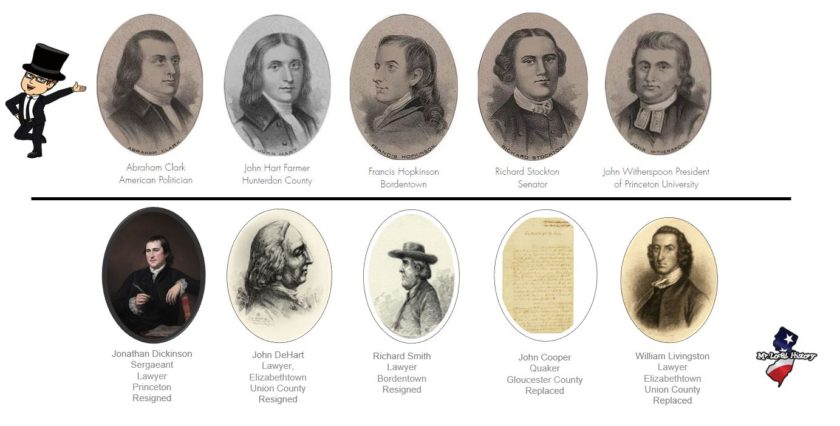
On June 21, 1776, New Jersey appointed the delegation, including a sheriff, a politician who preferred poetry and songwriting to the law, a preacher, a South Jersey farmer, and an associate justice of the state’s Supreme Court. They were: Abraham Clark of Rahway, who was 50 years old; Francis Hopkinson Bordentown, who was 38; John Witherspoon of Princeton, 53; John Hart of Hopewell, 65; and Richard Stockton of Princeton, 46. The Representatives from 13 colonies would arrive in Philadelphia on June 28, 1776, and the first vote for the Declaration of Independence took place on July 2, 1776.
The Provincial Congress then arrested Royal Governor William Franklin (Ben’s son) at the Governor’s Proprietary House in Perth Amboy and voted to replace the New Jersey delegation. Abraham Clark was highly vocal in his opinion that the colonies should have their independence, so he became one of the chosen five.
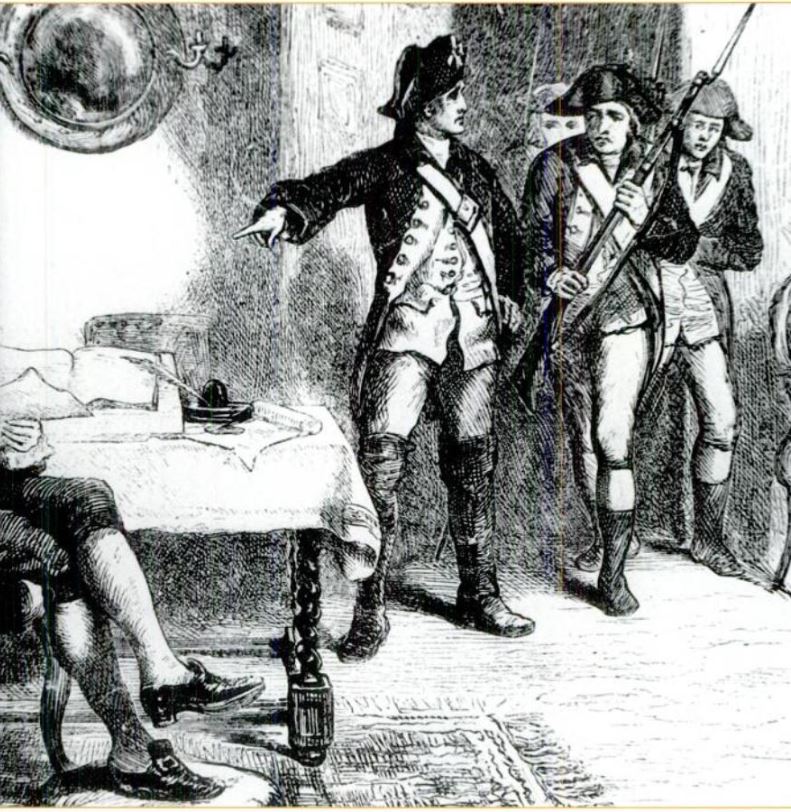

Attending that June 21, 1776 vote in Burlington representing New Jersey included:
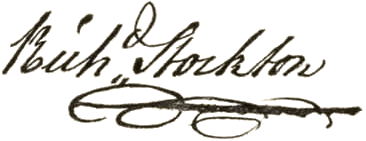
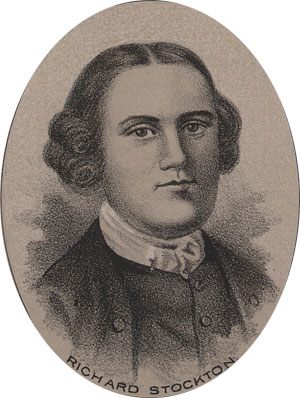
Richard Stockton was appointed to the Royal Council of New Jersey in 1765 and remained a member until the government was reformed. Richard was a son of John Stockton (1701–1758), the wealthy Princeton landowner who donated land and helped bring what is now Princeton University (then known as the College of New Jersey located in Newark) to Princeton, New Jersey. Richard was born at the Stockton family home, now known as Morven, in the Stony Brook neighborhood of Princeton, New Jersey,
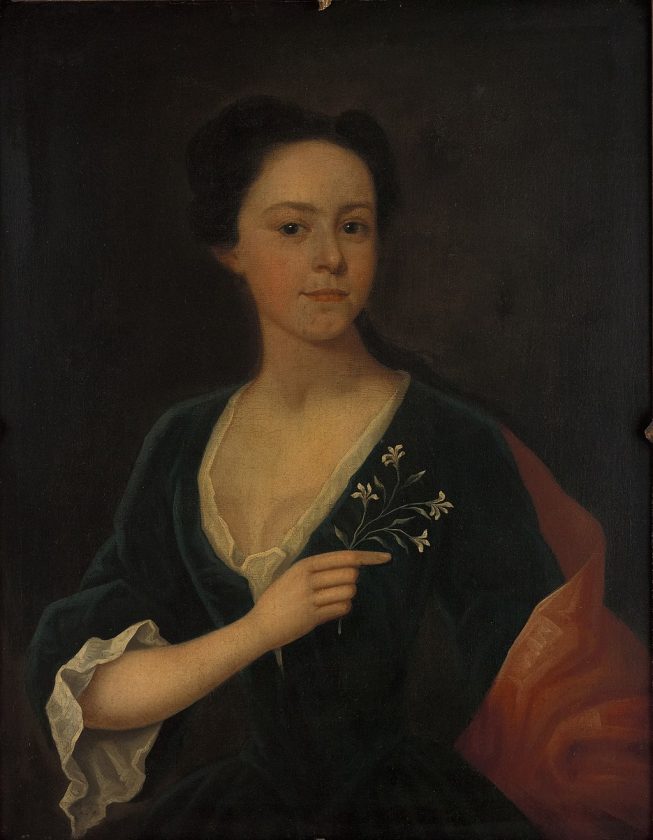
Stockton (and Witherspoon) were elected to the Congress to replace two other members after New Jersey learned that the delegates were against independence. Stockton, along with his friend, Witherspoon, signed the Declaration of Independence. Stockton was the first to sign for New Jersey.
Stockton, when captured by the British where, was intentionally starved and subjected to cold weather. After nearly five weeks of abusive treatment, Stockton was released on parole; his health was battered. He returned to his estate, Morven, in Princeton, which had been occupied by General Cornwallis during Stockton’s imprisonment. All his furniture, household belongings, crops, and livestock were taken or destroyed by the British. His library, one of the finest in the colonies, was burned.
Stockton was buried in Stony Brook Quaker Meeting House Cemetery (470 Quaker Road, Princeton), where you’ll find a marker instead of a modern gravestone in his memory.
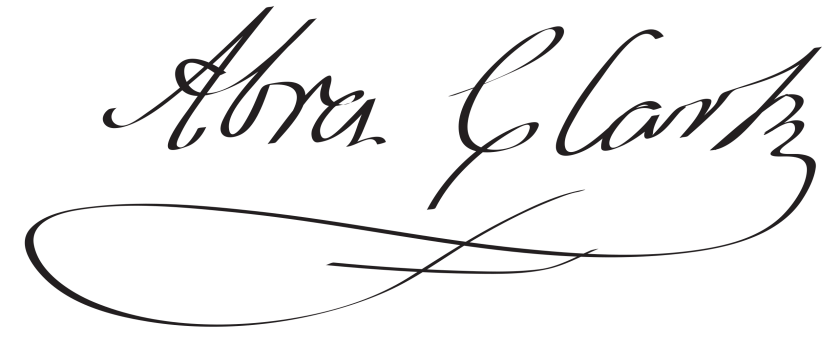
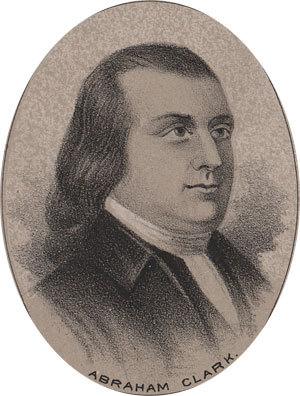
Abraham Clark – Two of Clark’s sons were officers in the Continental Army. He refused to speak of them in Congress, even when they both were captured, tortured, and beaten. However, there was one instance when Clark did bring them up, and that was when one of his sons was put on the prison ship, Jersey, notorious for its brutality. Captain Clark was thrown in a dungeon and given no food except that which was shoved through a keyhole. Congress was appalled and made a case to the British, and his conditions were improved. The British offered Abraham Clark the lives of his sons if he would only recant his signing and support of the Declaration of Independence; he refused.
Clark remained in the Continental Congress through 1778, when he was elected as Essex County’s Member of the New Jersey Legislative Council. New Jersey returned him twice more, from 1780 to 1783 and from 1786 to 1788.
Clark’s old property at 101 West Ninth Avenue in Roselle and is open one day each fall as part of Union County’s Four Centuries in a Weekend home tour. The Union County town of Clark is named for the signer, who is buried with his sons in nearby Rahway Cemetery (1670 Saint Georges Avenue, Rahway). Look for a 10-foot-tall obelisk engraved with the signer’s name.

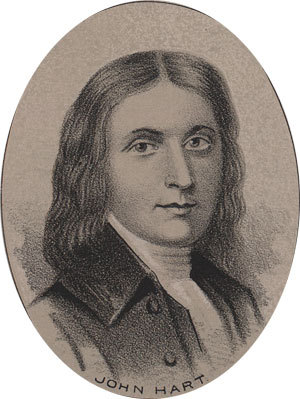
John Hart – When New Jersey formed a revolutionary assembly (or provincial congress) in 1776, he was elected to it and served as its Vice President. Before June 1776, the New Jersey delegation in the First Continental Congress was opposed to independence. As a result, the entire delegation was replaced, and Hart was one of those selected for the Second Continental Congress. He joined in time to vote for and sign the Declaration of Independence.
He served until August of that year, then was elected Speaker of the newly formed New Jersey General Assembly.
Hart’s house and farm were probably plundered or damaged, but he wasn’t ruined. A year and a half after his runaway adventure, Hart generously hosted George Washington at his place and allowed 12,000 of the general’s troops to camp in his fields. His grave is marked with an obelisk in First Baptist Church Cemetery on West Broad Street in Hopewell. The tombstone incorrectly reports the date of Hart’s death as 1780. He died in 1779.

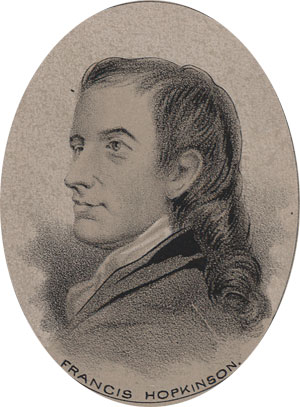
Francis Hopkinson lived at 101 Farnsworth Street in Bordentown, Burlington County, New Jersey, United States. Built-in 1750, it was the home of Francis Hopkinson (1737-1791), the designer of the United States Flag and a signer of the United States Declaration of Independence. He lived in this home with his wife Ann Borden (1747-1827) from 1774 until Hopkinson died in 1791. Ann Borden was the granddaughter of Joseph Borden, the founder of Bordentown, New Jersey. The house was designated a National Historic Landmark in 1971.
After signing the Declaration of Independence, Hopkinson later designed the first official flag of the new nation.
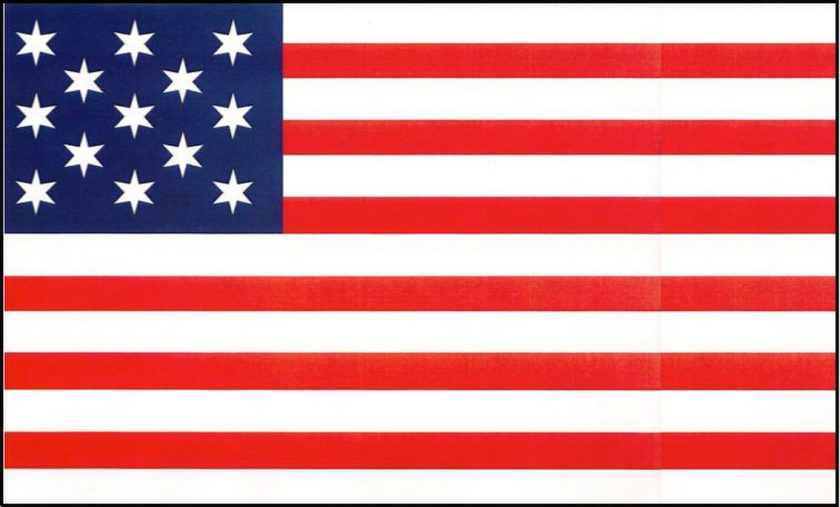
His house is at 101 Farnsworth Avenue, Bordentown. Occupied by various businesses today, it’s partially open to the public and includes wall displays in tribute to the signer. Hopkinson, who died in 1791 at age 53, is buried at Christ Church Burial Ground in Philadelphia.

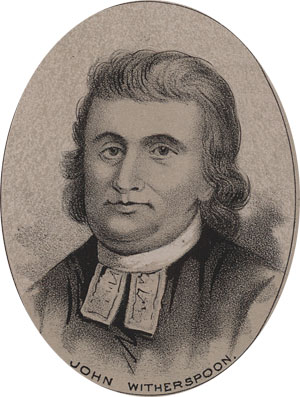
John Witherspoon brought some impressive credentials and a measure of public acclaim with him when he joined the colonies in 1768 as president of the College of New Jersey (now Princeton). Witherspoon was a very active member of Congress, serving on more than a hundred committees throughout his tenure and debating frequently on the floor. In November 1776, he shut down and then evacuated the College of New Jersey at the approach of British forces. The British occupied the area and did much damage to the college, nearly destroying it. Following the war, Witherspoon devoted his life to rebuilding the College.
Witherspoon was elected to Congress to replace pro-loyalist members after New Jersey learned that the delegate was against independence. John Witherspoon was the only active church minister out of 56 men to sign the Declaration of Independence. You can lift a glass in his memory at the Witherspoon Grill (57 Witherspoon Street), and inspect his grave in the President’s Lot on the southwest edge of Princeton Cemetery (29 Greenview Avenue).
